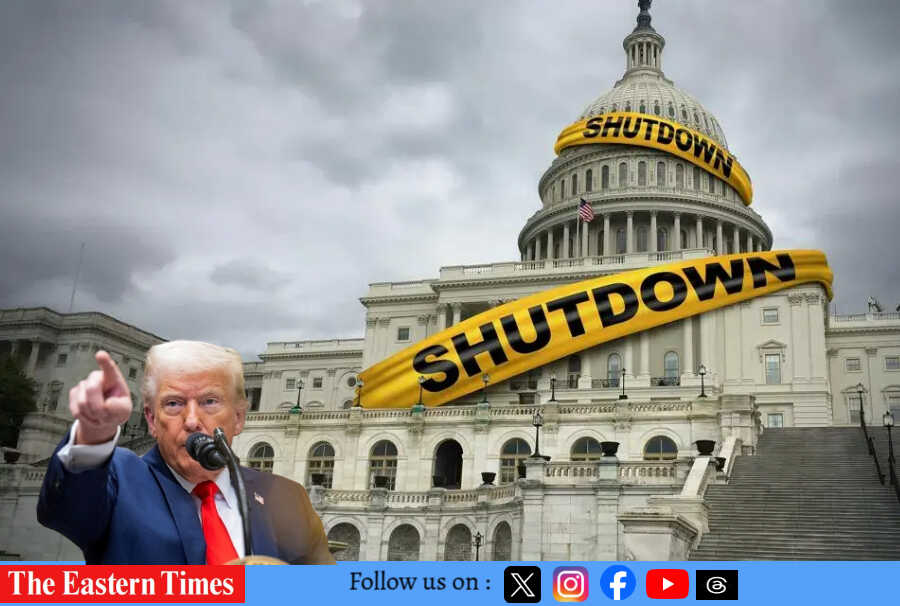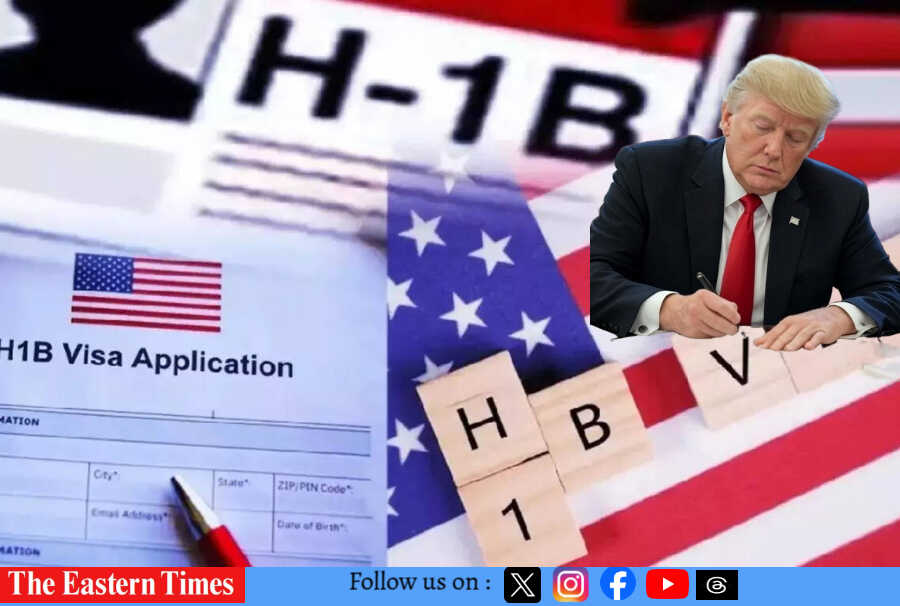Trump Tariffs
Washington, D.C. | July 8, 2025 —
President Donald Trump announced on Monday that the United States will impose a 25% tariff on imports from Japan and South Korea, effective August 1. This marks the beginning of a new wave of trade actions aimed at pressuring key U.S. trade partners. Trump shared letters addressed to the leaders of both countries on his Truth Social account, warning that any retaliatory tariff hikes would be met with further increases from the U.S.
In addition to Japan and South Korea, Malaysia and Kazakhstan will also face 25% tariffs, while South Africa will be hit with 30%, and Laos and Myanmar with 40%. These moves follow earlier announcements, although Japan’s new rate is slightly higher than what was previously outlined.
So far, only the United Kingdom and Vietnam have successfully negotiated trade deals to avoid these penalties. The Trump administration has delayed the full implementation of these tariffs from July 9 to August 1 to allow for final negotiations. Trump is expected to send similar tariff letters to at least 12 countries, though their names haven’t been officially disclosed.
White House spokeswoman Karoline Leavitt confirmed more letters are on the way and said talks are progressing with several nations. She also noted that the European Union will not be receiving a tariff letter, a detail later supported by EU sources.
Markets React Sharply
The announcement shook global financial markets. The S&P 500 dropped nearly 1%, marking its largest one-day fall in three weeks. Shares of Japanese carmakers like Toyota and Honda declined significantly. Meanwhile, the U.S. dollar strengthened against both the Japanese yen and South Korean won.
U.S. Treasury Secretary Scott Bessent stated that many countries were making last-minute efforts to finalize trade deals before the deadline. He mentioned that his office had received numerous new proposals, signaling a potential flurry of agreements in the coming days.
Pressure on BRICS and the EU
Trump has also threatened a 10% tariff on BRICS nations if any of them engage in what he calls “anti-American policies.” The BRICS group includes Brazil, Russia, India, China, and South Africa, along with new members like Iran, Egypt, Indonesia, Ethiopia, and the UAE. South Africa’s currency, the rand, fell following Trump’s comments.
Meanwhile, the EU continues to seek a trade deal with the U.S. ahead of the August 1 deadline. President Ursula von der Leyen reportedly had a “positive discussion” with Trump, although no agreement has yet been finalized. Without a deal, U.S. tariffs on EU goods could rise from 10% to 20%.
European leaders are debating whether to strike a quick agreement or push for stronger terms. Countries like Germany, France, and Italy are closely involved in the negotiations. German Chancellor Friedrich Merz has urged swift action to protect industries such as automobiles and pharmaceuticals.
German automaker Mercedes-Benz reported a 9% drop in second-quarter vehicle sales, partly blaming the ongoing tariff uncertainty.
On the other hand, Russia emphasized that BRICS is focused on cooperation based on mutual interests, and not targeted against any specific nation.
Highlights:
President Trump announces 25% tariffs on Japan and South Korea, effective August 1.
Additional tariffs: Malaysia and Kazakhstan (25%), South Africa (30%), Laos and Myanmar (40%).
Only UK and Vietnam have successfully negotiated to avoid tariffs.
Tariff deadline extended from July 9 to August 1 to allow more deals.
U.S. stock markets drop, Japanese automakers’ shares fall sharply.
EU excluded from new tariff letters; still negotiating a deal.
Trump threatens 10% tariff on BRICS nations with “anti-American policies.”
BRICS and EU continue diplomatic talks; economic impact already visible.
Connect with us through social media
Facebook:
 https://www.facebook.com/profile.php?id=61577015427068
https://www.facebook.com/profile.php?id=61577015427068X (Twitter):
 https://x.com/times_555
https://x.com/times_555Instagram:
 https://www.instagram.com/the_eastern_times_/?next=%2F&hl=en
https://www.instagram.com/the_eastern_times_/?next=%2F&hl=enMail (Email):
 contact.theeasterntimes@gmail.com
contact.theeasterntimes@gmail.com















Leave a Reply